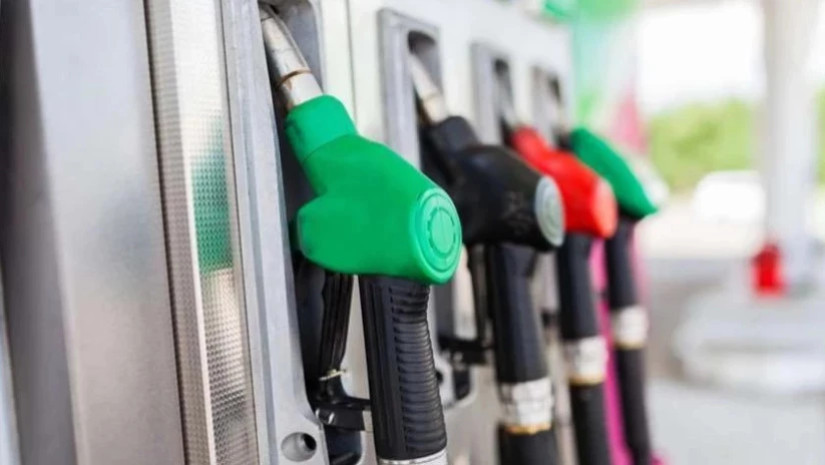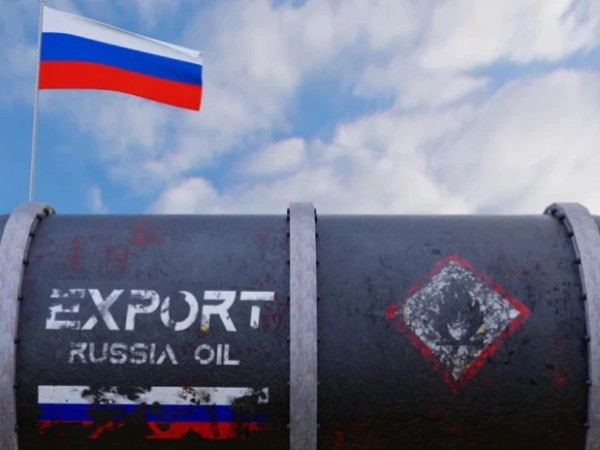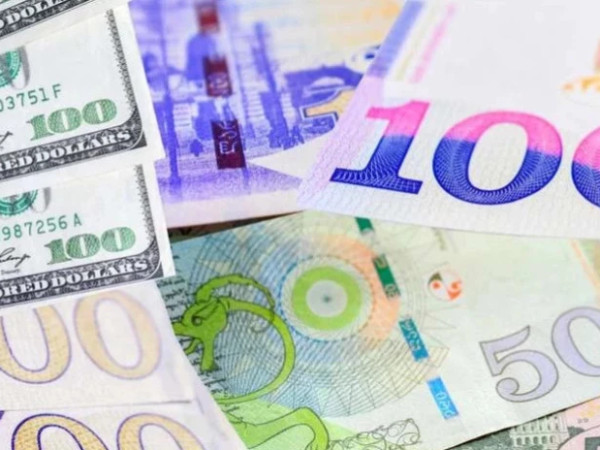The Georgian Competition and Consumer Protection Agency (GCCPA) has published its first-quarter report for 2025, detailing ongoing monitoring of the automotive fuel market.
According to the report, gasoline and diesel prices rose in January but declined during February and March. The January increase was primarily attributed to rising costs; retail prices at the company level rose by an average of 5-10 tetri, while the cost of imported and domestically purchased fuel also rose by 3-10 tetri for several companies.
“The cost increase in January did not affect all companies equally. As a result, the price hikes observed were largely driven by price parallelism, a historical characteristic of this market,” the agency stated.
The decrease in prices during February-March was correlated with declining costs of imported fuel in the domestic market. Although many companies lowered their prices, some brands did not experience a reduction in cost despite overall decreases.
From February 1 to April 1, large companies saw prices drop by 7-10 tetri for gasoline and 8-10 tetri for diesel. In contrast, small companies reduced gasoline prices by 15-20 tetri and diesel by 30-40 tetri.
The agency reported significant price differences between large and small networks, with regular gasoline varying by 24-44 tetri, premium gasoline by 19-33 tetri, and diesel by 29-46 tetri.
In April 2025, crude oil prices fell by an additional 8-10 per cent and continued to trend downward.
“If the national currency remains stable and crude oil prices keep declining on international markets, we can expect retail prices to decrease in the short term—potentially in May,” the agency noted.
In 2024, Georgia imported 1,668,280,000 litres of fuel through 47 companies. The largest three importers held a 44 per cent market share, while the top five accounted for 62 per cent. The market remains low-concentrated, with 383 companies operating 1,238 gas stations. The five largest companies in the retail market hold a 66-67 per cent share, leaving the small network segment with 33-34 per cent.


















